Locals 'Apprehensive' In Moscow-run Ukraine Region
In Ukraine's only region fully controlled by Russian troops, Moscow-backed officials are pushing for formal annexation while those still living there say they are apprehensive about the future.
AFP journalists joined a press trip to the southern Kherson region organised by the Russian defence ministry, accompanied by troops in armoured vehicles.
Russian forces swiftly moved in from neighbouring Crimea -- annexed by Moscow in 2014 -- taking control of the region of Kherson and the main city of the same name in early March.
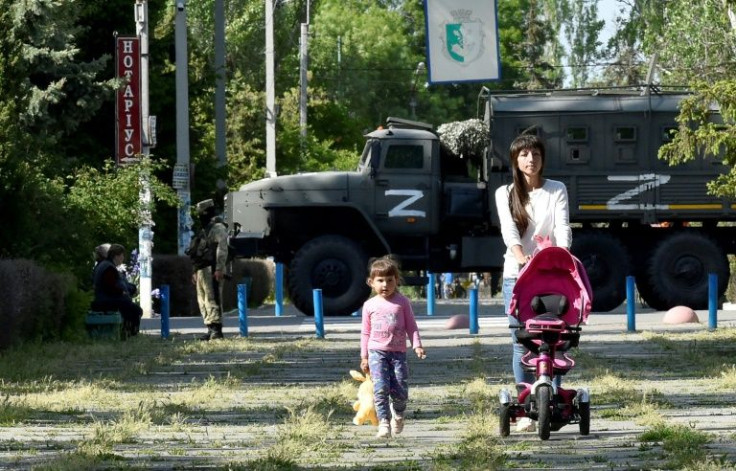
At the time, Ukrainian troops were focused on defending the capital Kyiv.
The area has been less ravaged by fighting than other parts of Ukraine.
In the city of Kherson there are no signs of damage and only a few Russian flags are flying. On roads into the city, there are a few charred military and armoured vehicles.
Sporadic volleys of artillery and air defence systems can be heard in the far distance from the frontline between Kherson and the Ukraine-controlled city of Mykolaiv around 60 kilometres (40 miles) to the north.
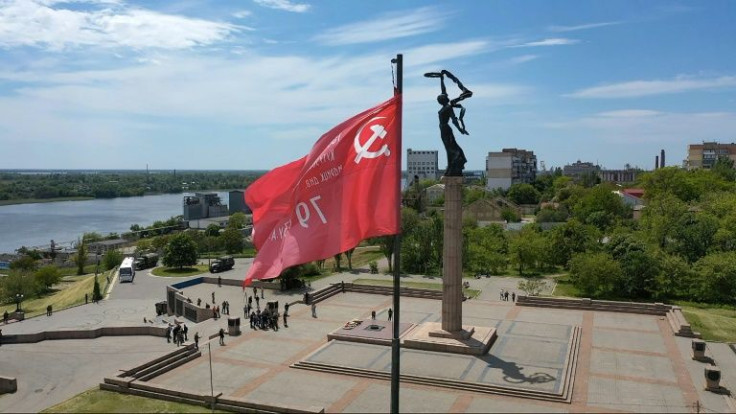
Since Kherson came under Moscow's control, information on what is happening there has largely come through the new authorities put in place by Russia.
While some posts on Telegram have reported that troops have dispersed protests against Moscow's control, Russia and its allies have sought to downplay any discontent.
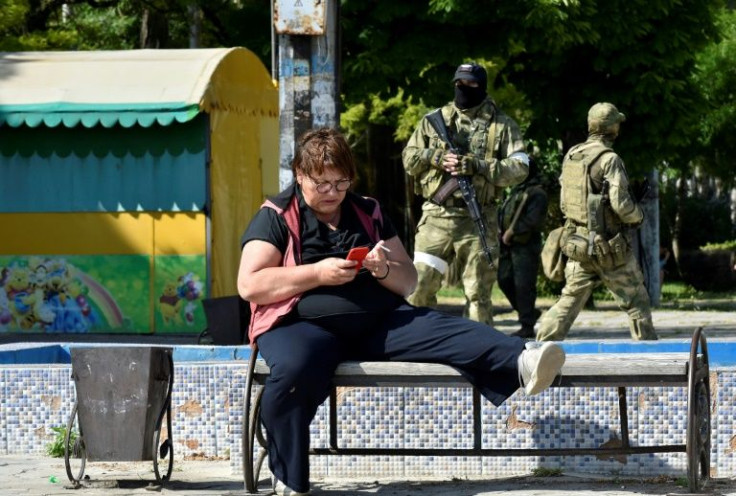
During a visit to a trolleybus depot in Kherson, a driver, Alexander Loginov, 47, ventures to speak to AFP from the cabin of his vehicle.
"People are very apprehensive," he says, listing their concerns as "instability" and payment of salaries as "Ukrainian banks are closing".
"To be honest, it is just war," Loginov adds, using a term Russia has outlawed on pain of a lengthy jail term, insisting its intervention be called a "special military operation".
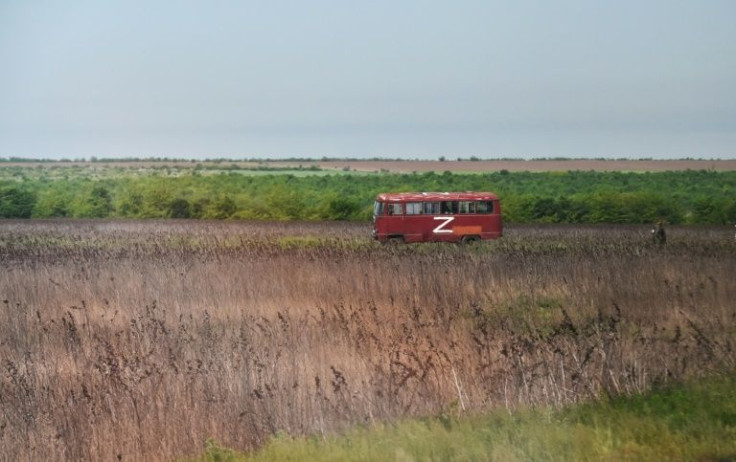
"Many people don't yet understand what has happened."
The official put in charge of the city of Kherson by Moscow, Alexander Kobets, says he is focused on two aims: ensuring the local population "does not feel abandoned" and gaining legal status as part of Russia -- an ambition also trumpeted by many senior Russian officials.
By taking control of Kherson and partially occupying the neighbouring region of Zaporizhzhia, the Kremlin seeks to create a strategic land bridge, linking Russian-controlled territory to Crimea.
"Many (residents) support being part of Russia, not being some newly created (separatist) republics, but having real legal jurisdiction. Let's say that's Russia's," says Kobets.
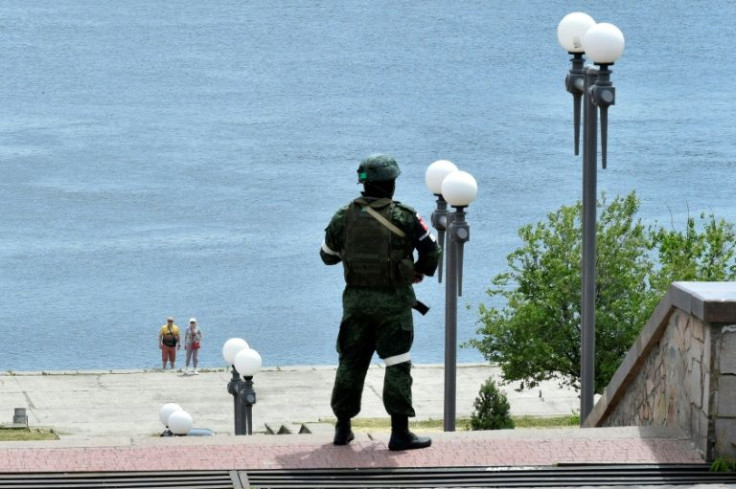
He says pro-Ukrainian demonstrations in the region were "localised" and "to be expected", insisting that everyone in the region "can express their opinion, no one bans this".
While in the city itself the Russian army has a discreet presence, in the surrounding countryside numerous checkpoints and patrols can be seen close to densely forested areas.
Kherson has seen an exodus of its residents.
The Ukrainian authorities estimate that 45 percent of the city's 300,000 inhabitants have fled, along with 20 percent of the population of the surrounding region, previously about one million people.
In the city's streets, an AFP reporter saw that more than half of the shops and cafes were closed.
Economically, Russia is making advances, too. On Monday, the region's pro-Russian authorities formally introduced the ruble as a currency alongside the Ukrainian hryvnia.
With two million hectares of arable land, the region is also important to Ukraine's massive agricultural sector.
While the fields that AFP saw did not appear damaged by fighting, Kyiv has accused Russia of looting grain silos here, fuelling a potential global food crisis, since Ukraine is a major grain exporter.
"Export flows have changed trajectory," says Kobets.
"Since our sea commercial port is blocked, the consignments of cargo planned for export have stopped. The consignments that our agricultural businesses planned are being carried out via the Crimea route."
"The roads are still in one piece, there are no difficulties," he adds.
In Skadovsk, a small seaside town 100 kilometres south of the regional capital, passers-by politely say "no" when asked by an AFP journalist to talk about life under Russian control.
Only Vera Mironenko, a single mother who has brought two of her children to see the dolphinarium, is willing to speak.
"We're living on our savings, since there are no supplies and businesses are closed. I was working in a shop, but I had to quit," she says.
She complained of "stratospheric prices" for food and medicines being impossible to find.
"We're waiting for life to get back to normal," she says.
"We're waiting for at least some kind of authorities."
© Copyright AFP 2024. All rights reserved.





















